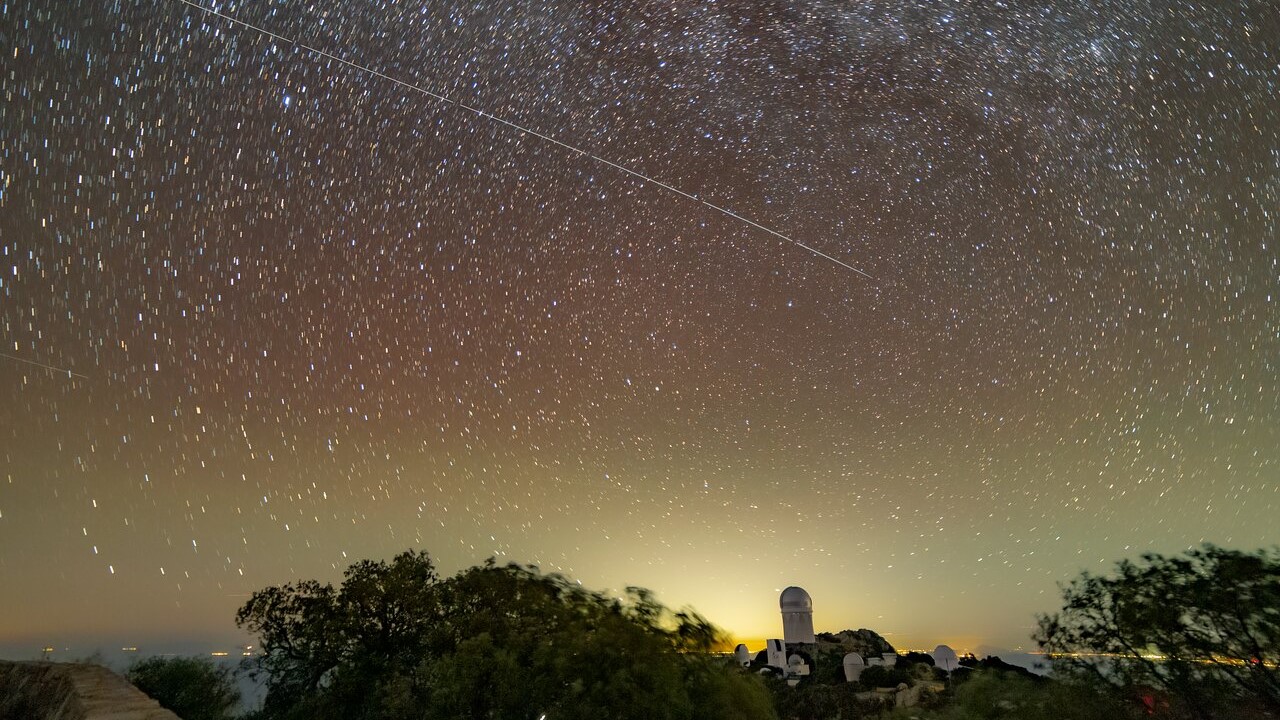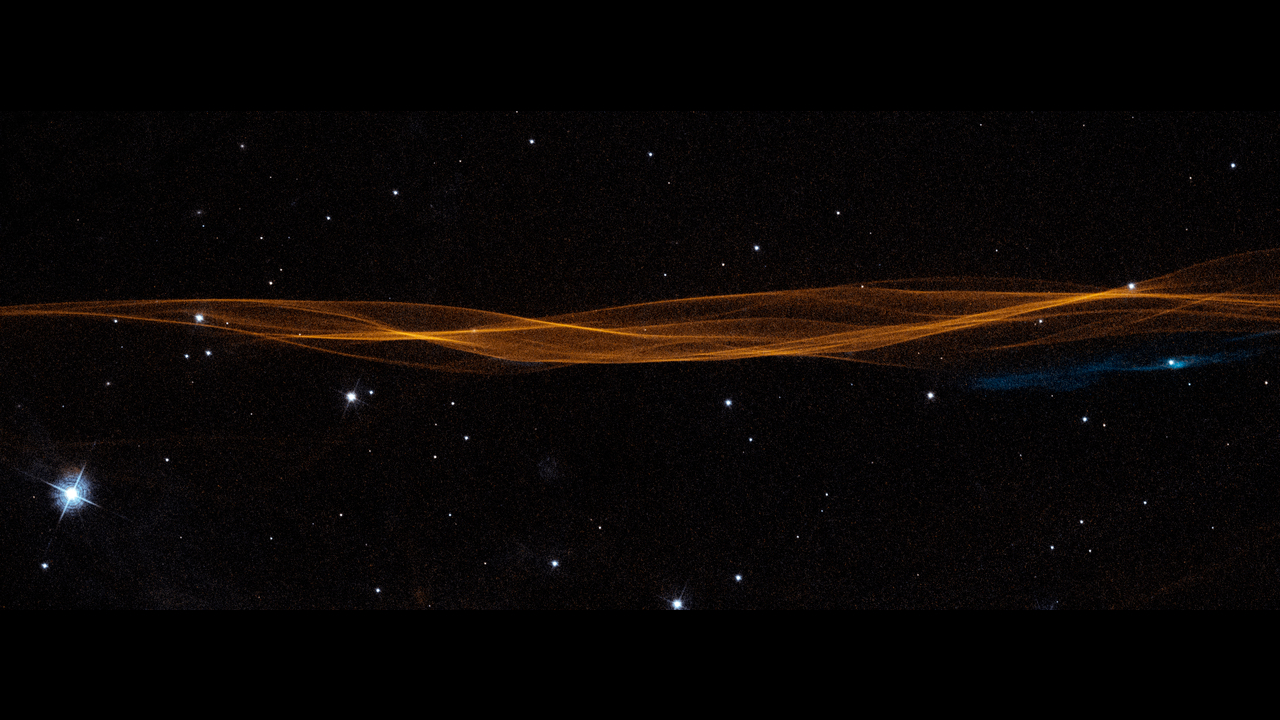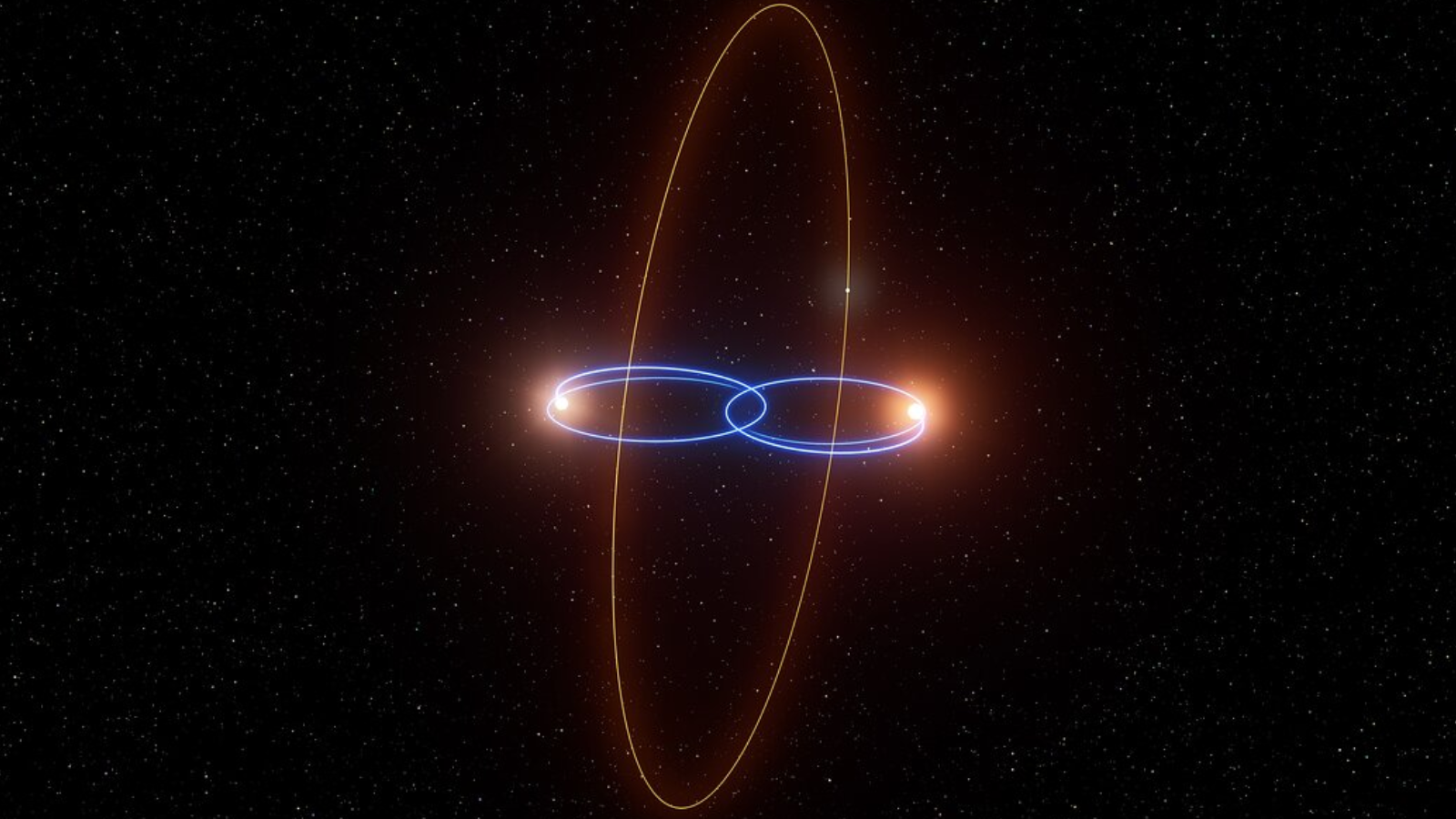
Monisha Ravisetti
Monisha Ravisetti is Space.com's Astronomy Editor. She covers black holes, star explosions, gravitational waves, exoplanet discoveries and other enigmas hidden across the fabric of space and time. Previously, she was a science writer at CNET, and before that, reported for The Academic Times. Prior to becoming a writer, she was an immunology researcher at Weill Cornell Medical Center in New York. She graduated from New York University in 2018 with a B.A. in philosophy, physics and chemistry. She spends too much time playing online chess. Her favorite planet is Earth.
Latest articles by Monisha Ravisetti
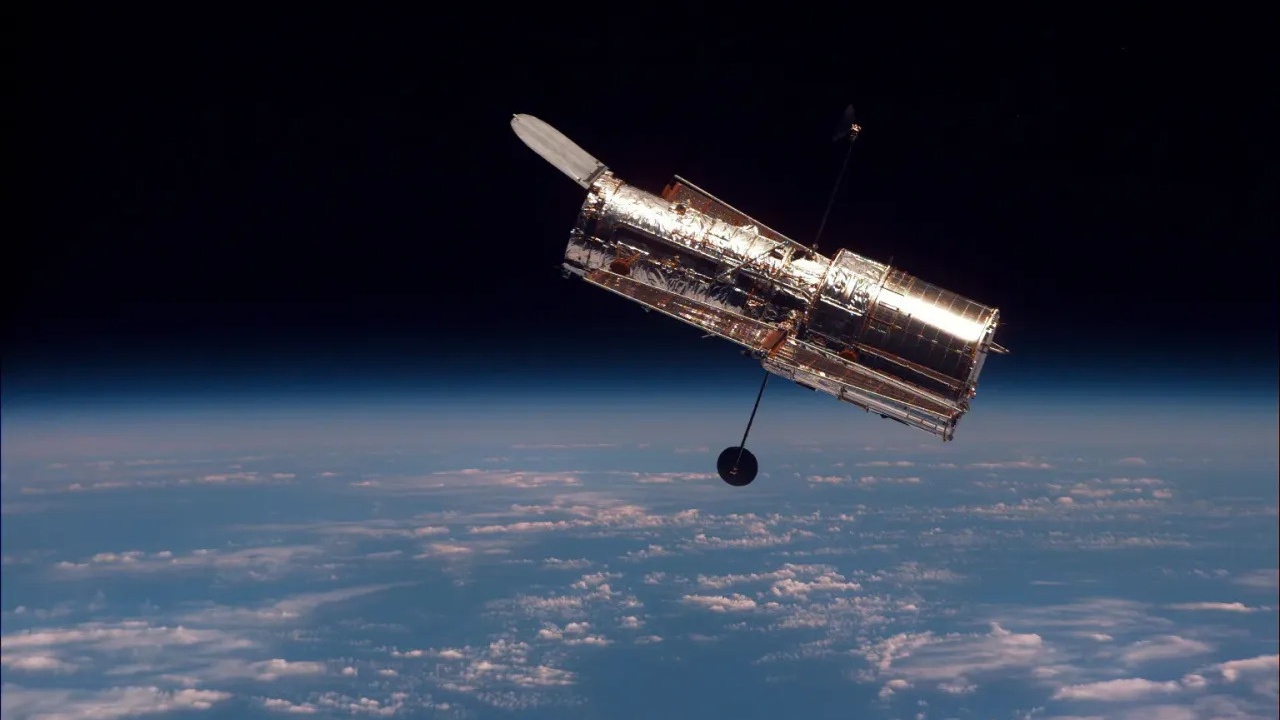
Hubble Telescope resumes science operations after gyroscope glitch
By Monisha Ravisetti last updated
The Hubble Space Telescope has exited safe mode after a gyroscope glitch, NASA says, and should resume its regular science operations sometime in January.
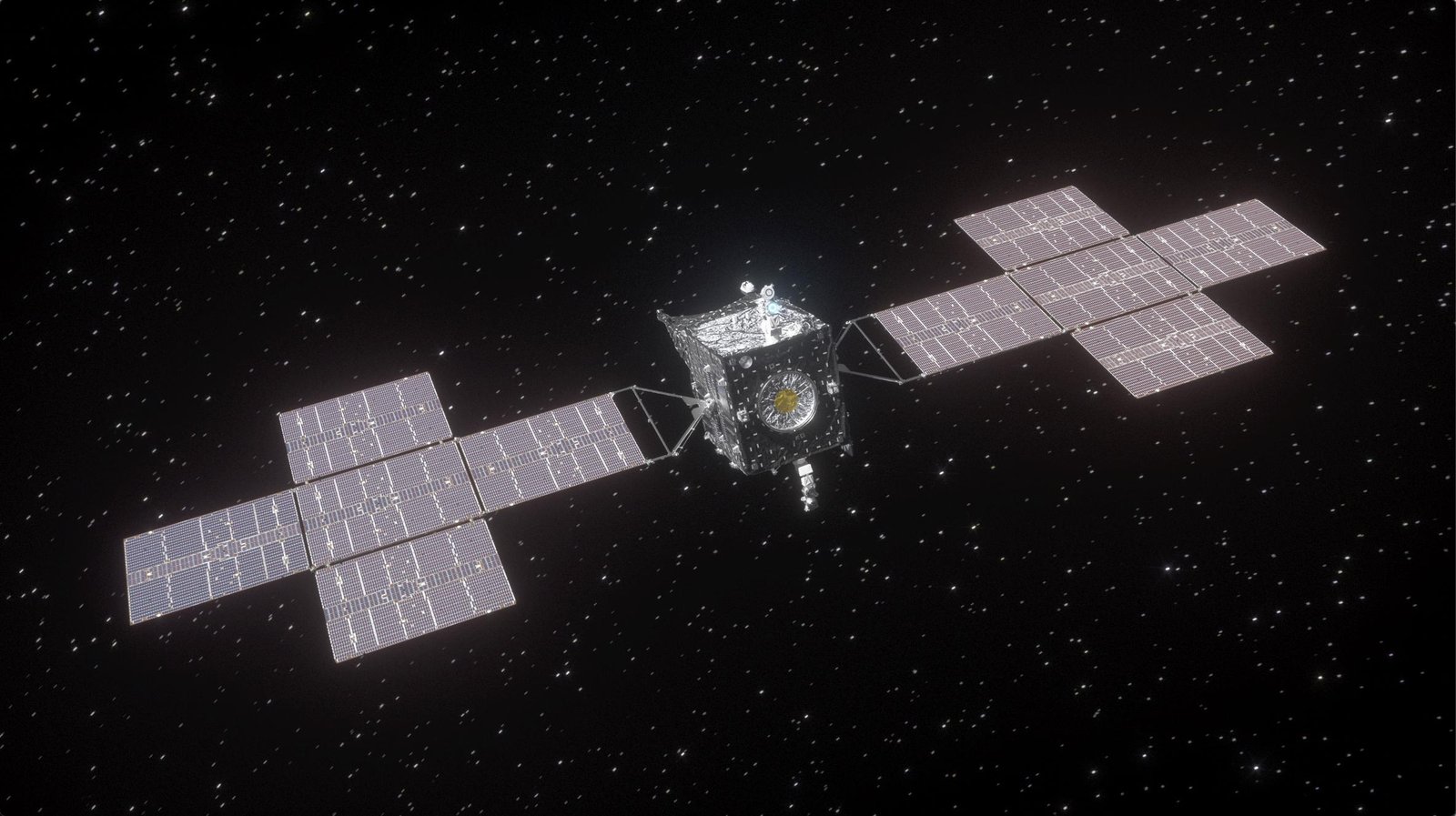
NASA's Psyche spacecraft finds its 'first light' while zooming to a metal asteroid (image)
By Monisha Ravisetti published
Having launched on Oct. 13, the Psyche spacecraft has been journeying to a metal asteroid reminiscent of Earth's core. It just snapped its first image.
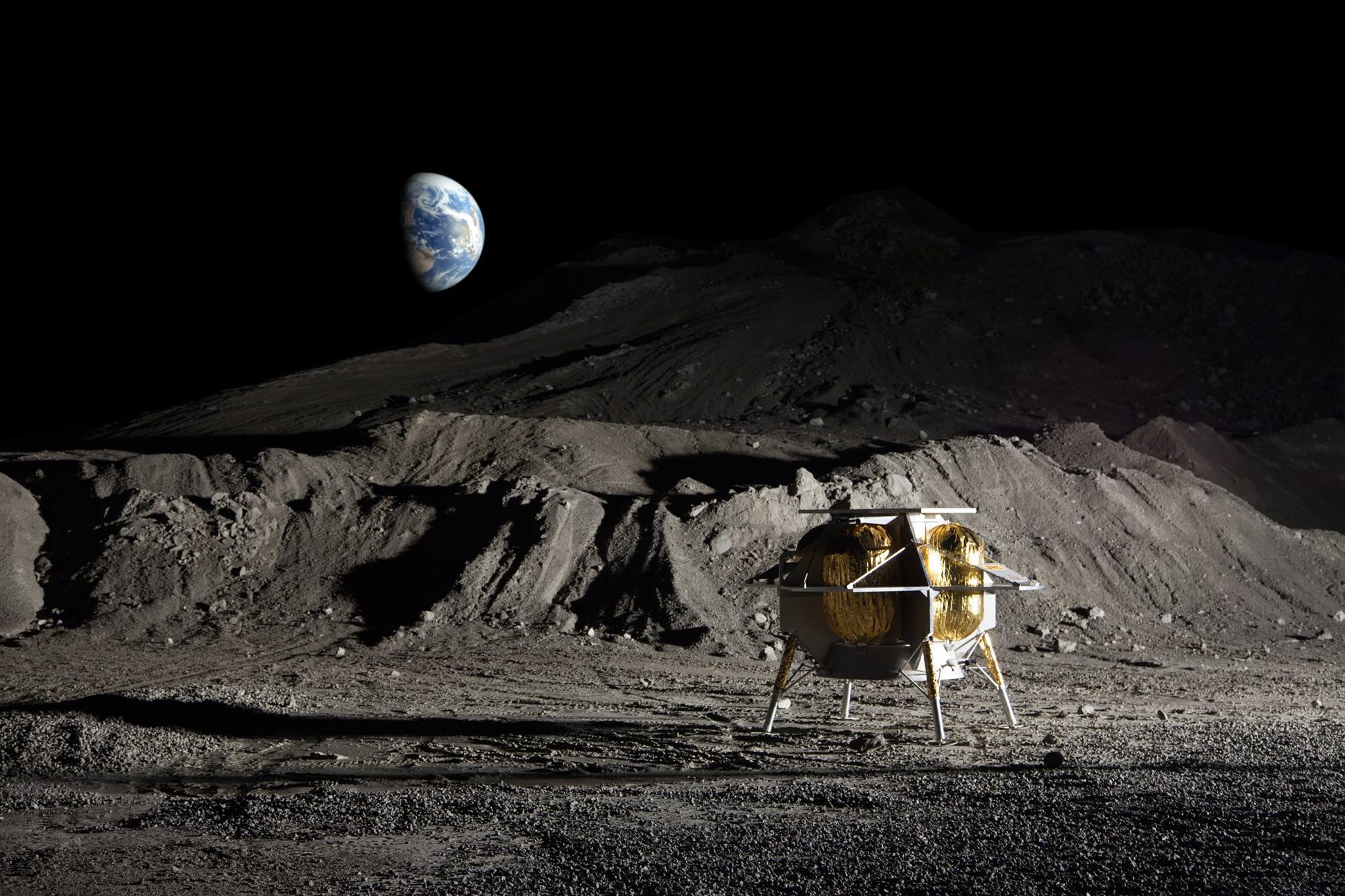
The Peregrine Lunar Lander is set to launch on Dec 24. Here's what it'll bring to the moon
By Monisha Ravisetti published
There will be 20 total payloads being brought to the moon, five of which are NASA's.
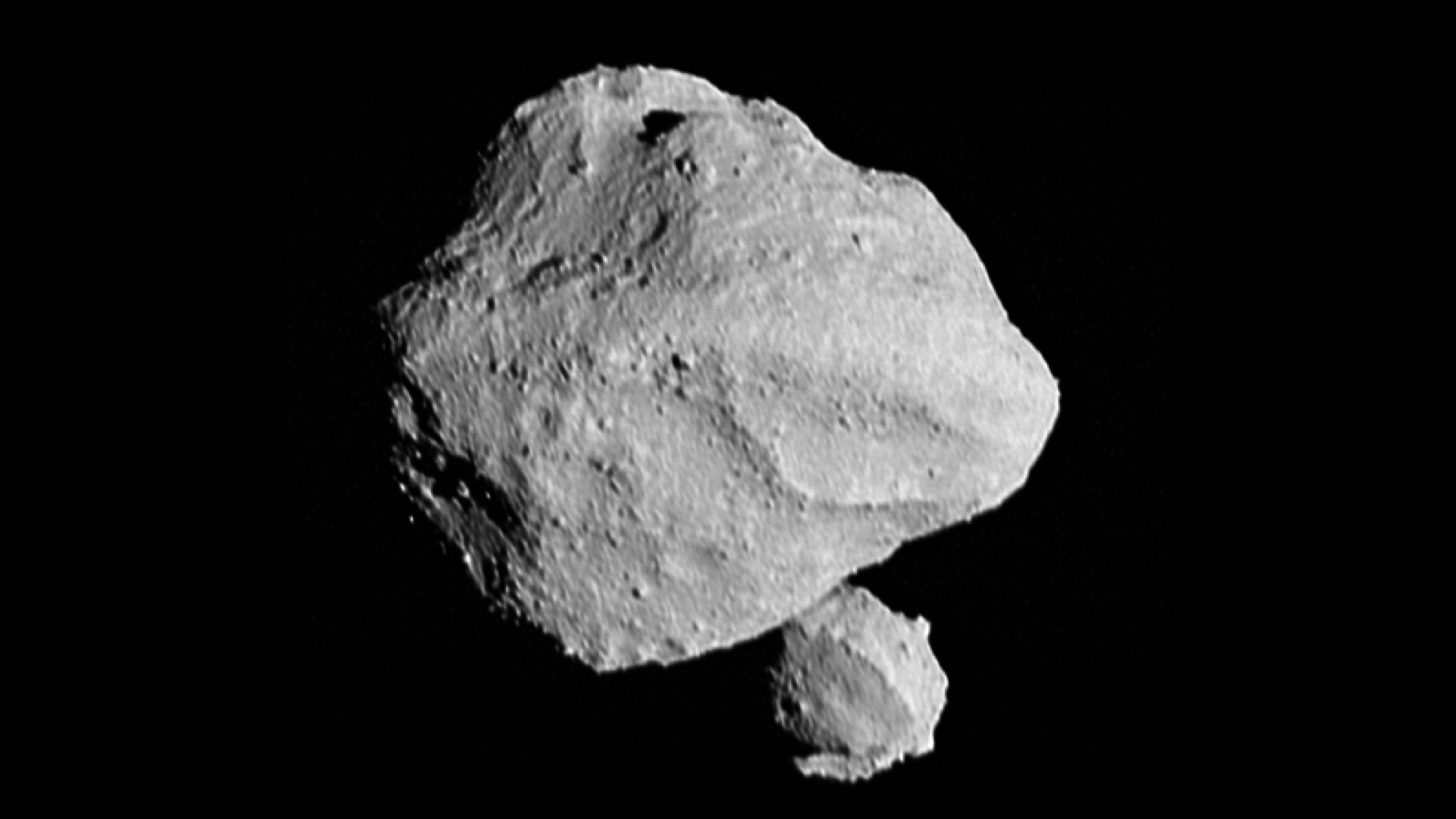
Curious double moon discovered orbiting asteroid 'Dinky' now has a name
By Monisha Ravisetti published
Asteroid Dinkinesh, target No. 1 on Lucy's journey, turned out to be not one, but two (technically three) space rocks put together. Scientists finally gave its satellite a name.
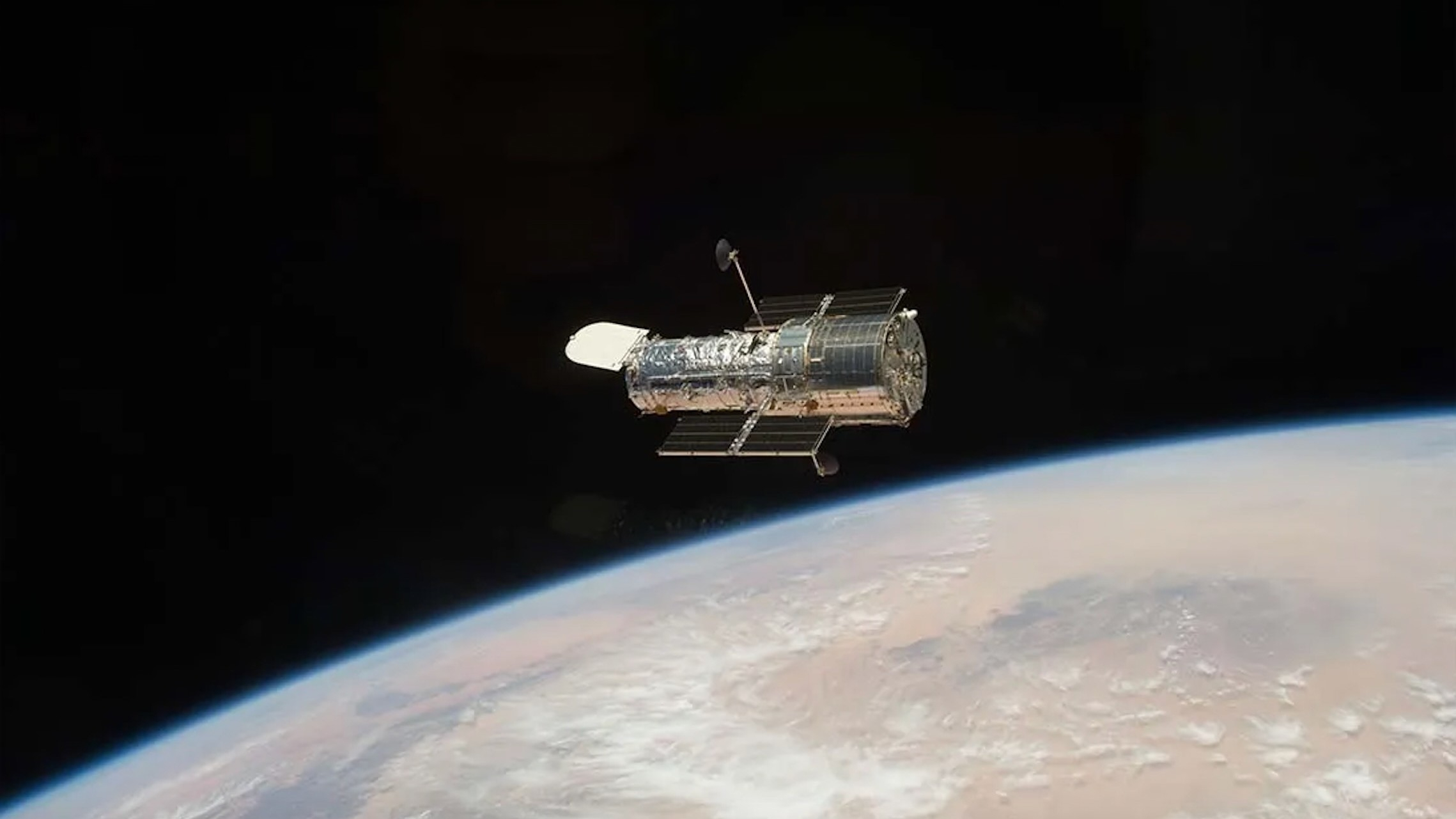
Hubble Space Telescope is in safe mode — but scientists aren't too worried
By Monisha Ravisetti published
The Hubble Space Telescope has entered an automatic safe mode due to gyroscope difficulties, but scientists aren't worried about the observatory's health.
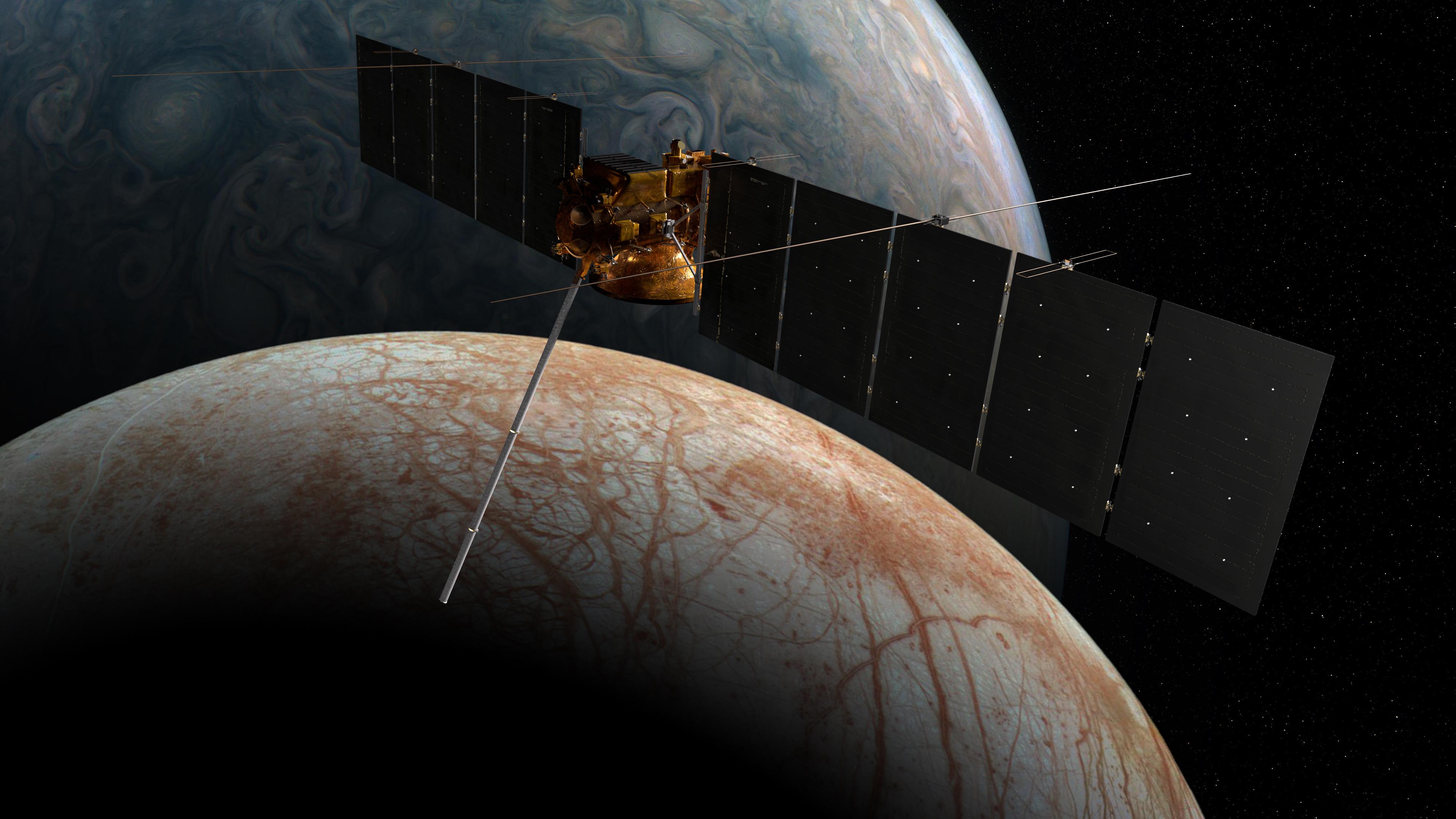
I'm sending my name to Jupiter's moon Europa on a NASA spacecraft — and here's why you should, too
By Monisha Ravisetti published
NASA's Europa Clipper spacecraft is headed to one of Jupiter's largest moons. It's bringing along a microchip filled with human names.
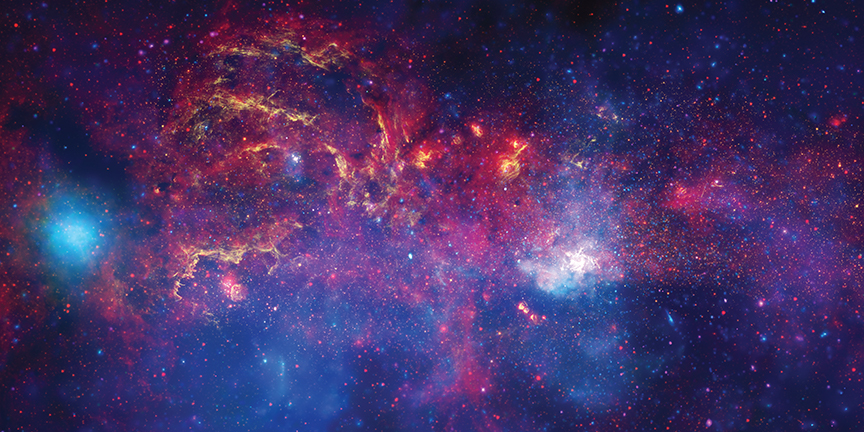
Listen to a symphony for the Milky Way, made from real NASA data (video)
By Monisha Ravisetti published
NASA's sonification project has done it again, this time turning the Galactic Center into a perfectly dissonant symphony.

Record-breaking 'BOAT' gamma-ray burst managed to disturb Earth's atmosphere
By Monisha Ravisetti published
The brightest gamma-ray burst ever seen was also the first to impact Earth's upper ionosphere, a new study suggests.
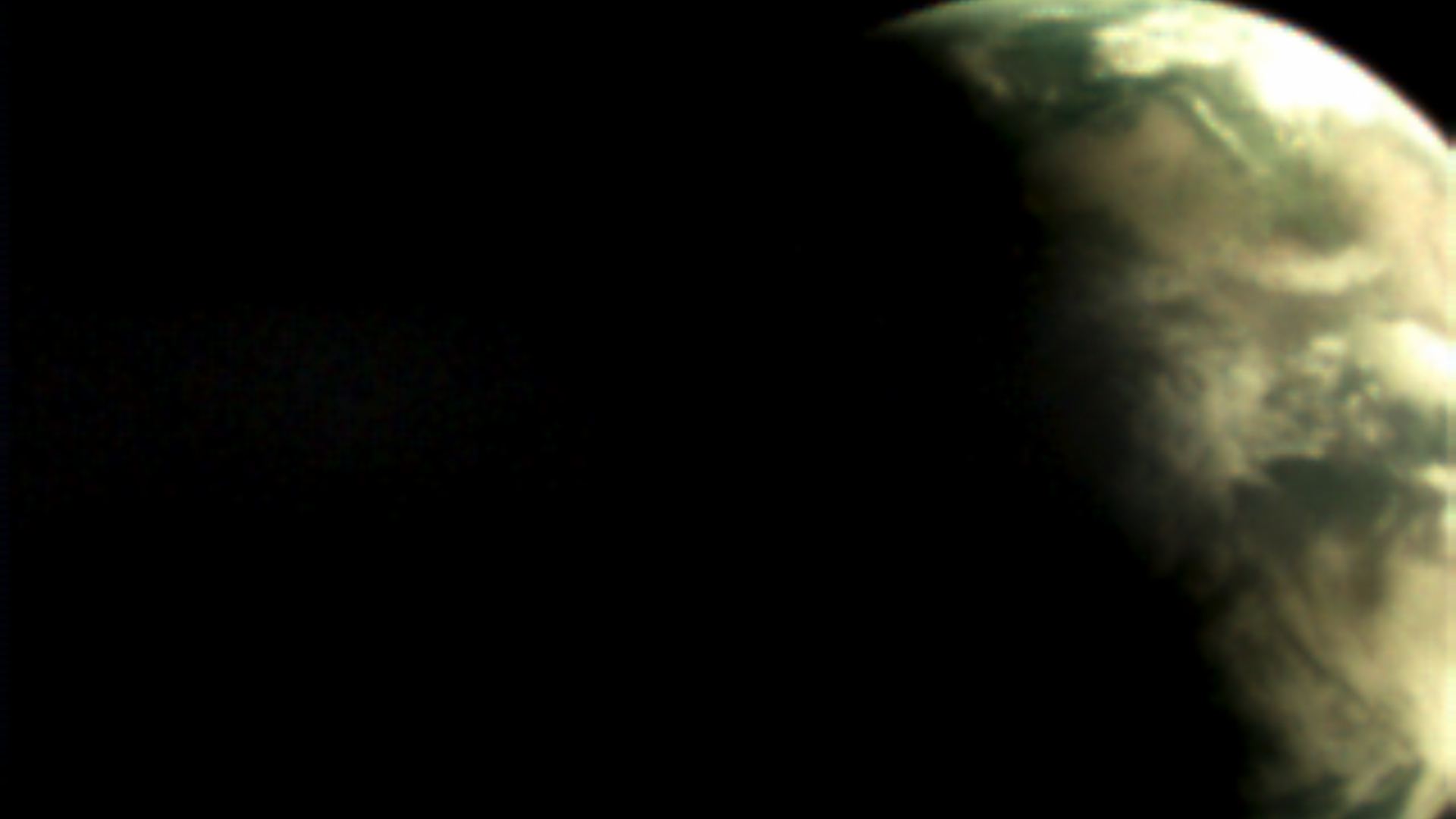
A satellite's very tiny camera took a very blurry picture of Earth — and it's perfect
By Monisha Ravisetti published
ESA's TRISAT-R satellite has a camera that's only about the size of a coin's edge, yet it managed to capture a view of our entire world.
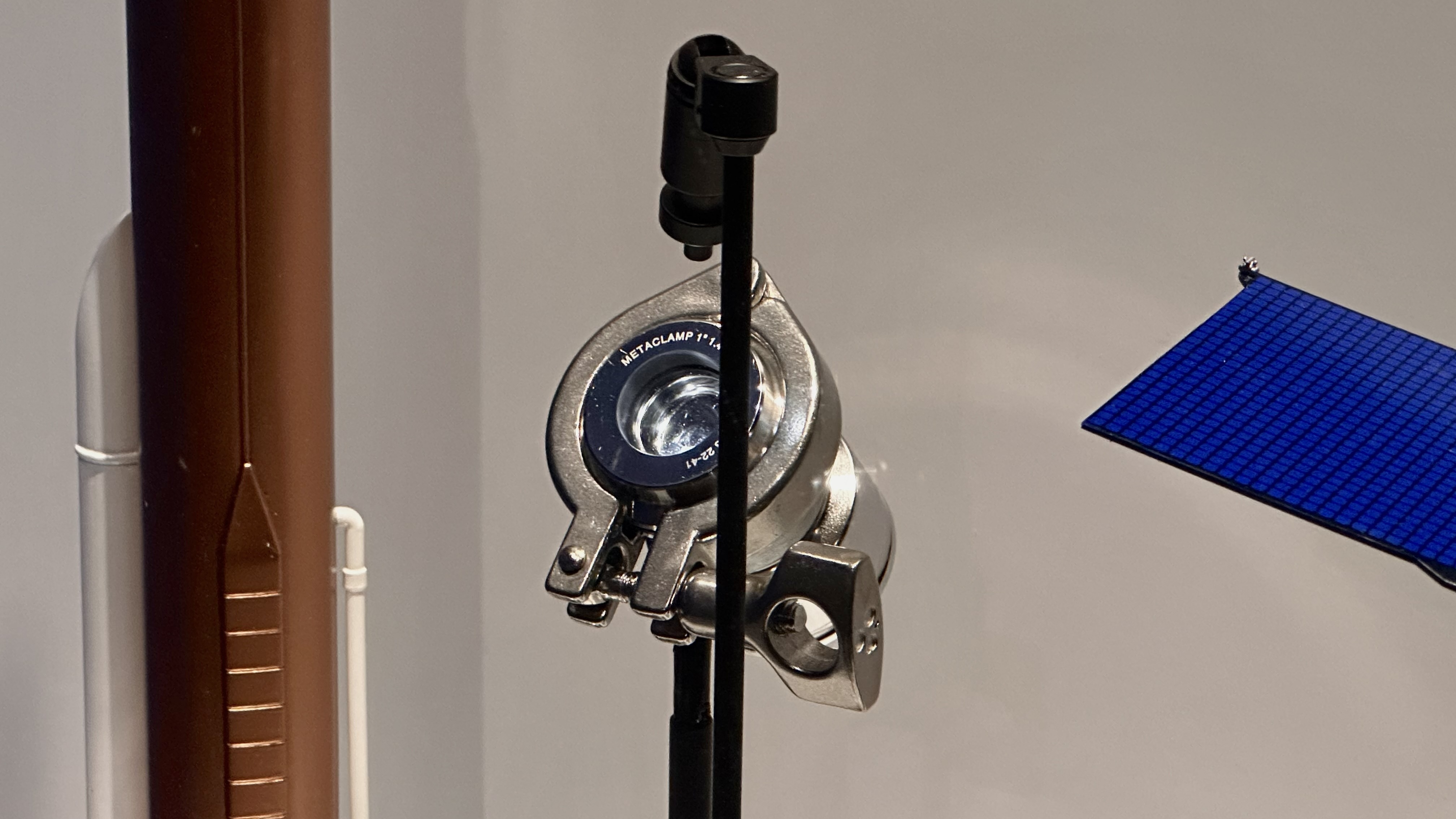
Seeing NASA's OSIRIS-REx asteroid sample up close at the Smithsonian was surreal
By Monisha Ravisetti published
The museum's curator of meteorites had been dreaming of this moment for two decades.
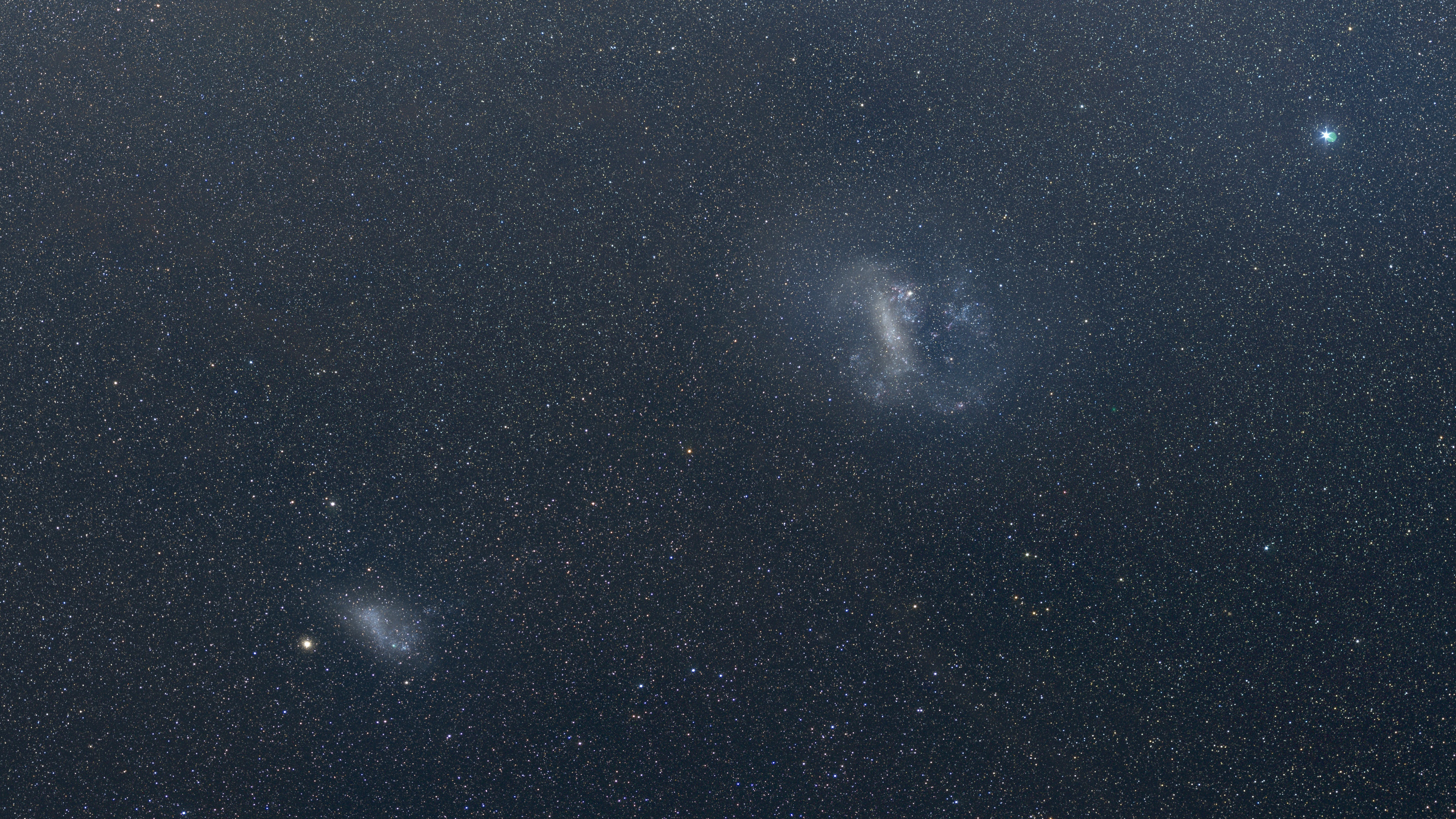
The Magellanic Clouds must be renamed, astronomers say
By Monisha Ravisetti published
A coalition of over 50 astronomers is calling to rename the Large and Small Magellanic Clouds.
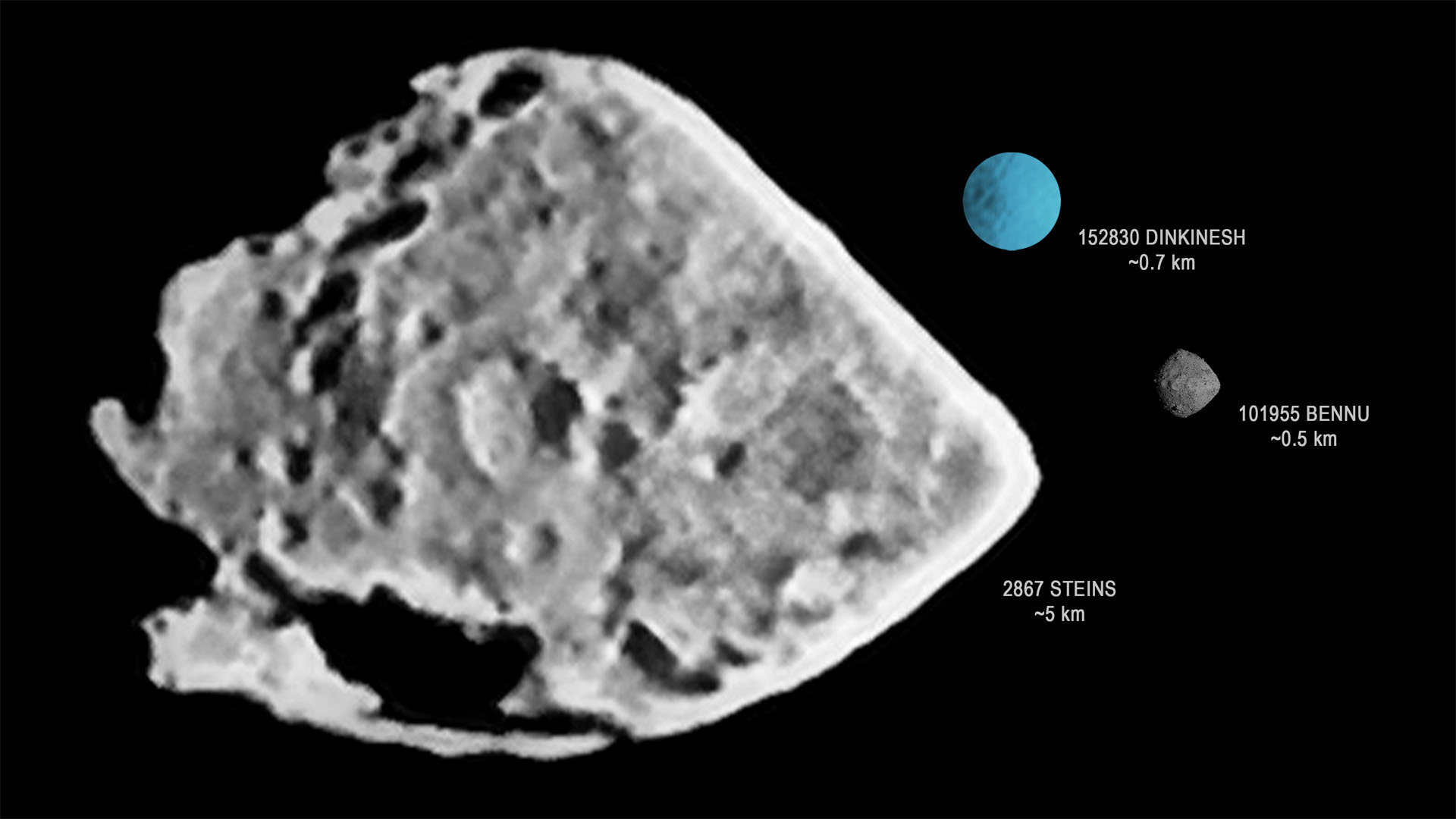
NASA's Lucy spacecraft successfully completes 1st flyby of asteroid 'Dinky'
By Monisha Ravisetti published
NASA's Lucy mission is set to visit several asteroids over 12 years, and the probe just successfully flew by target number one.
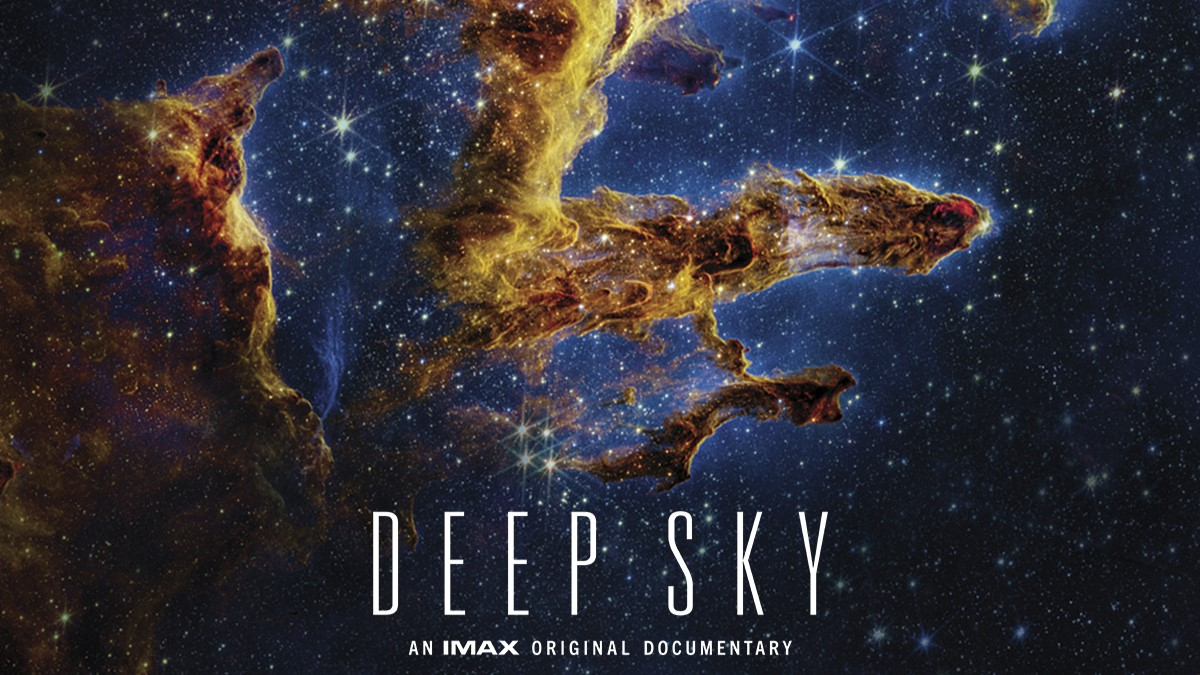
How director Nathaniel Kahn brought the James Webb Space Telescope to IMAX with 'Deep Sky'
By Monisha Ravisetti published
With guidance from the telescope's scientists, an actress, a computer animation artist, a composer, and many other experts, 'Deep Sky' aims to reintroduce us to the JWST's lens on our universe.
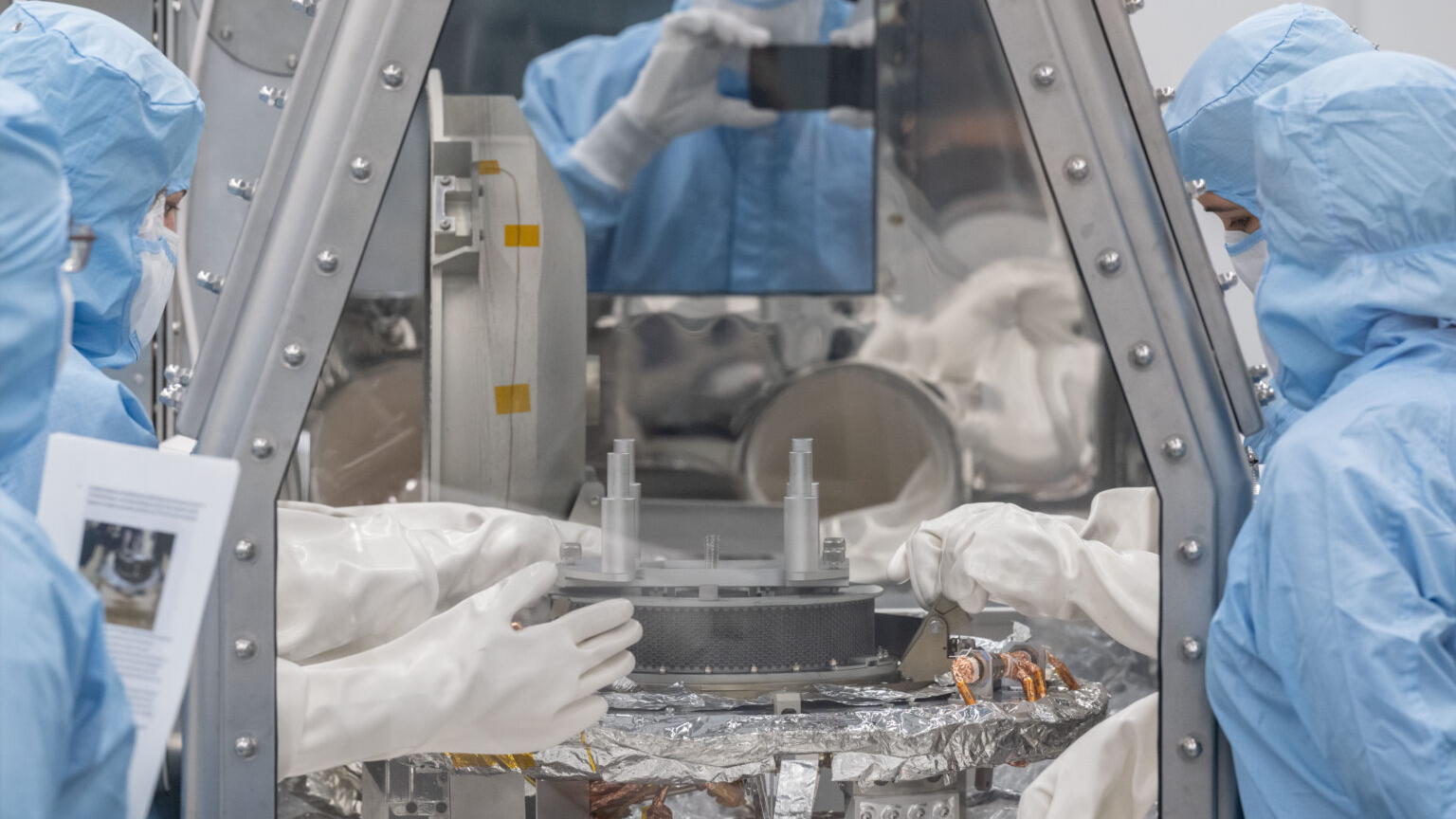
NASA can't open its OSIRIS-REx asteroid capsule yet, but the outside alone holds more than enough samples
By Monisha Ravisetti published
Scientists have confirmed that OSIRIS-REx brought home at least 70.3 grams of material from asteroid Bennu, surpassing its intended goal of 60 grams.
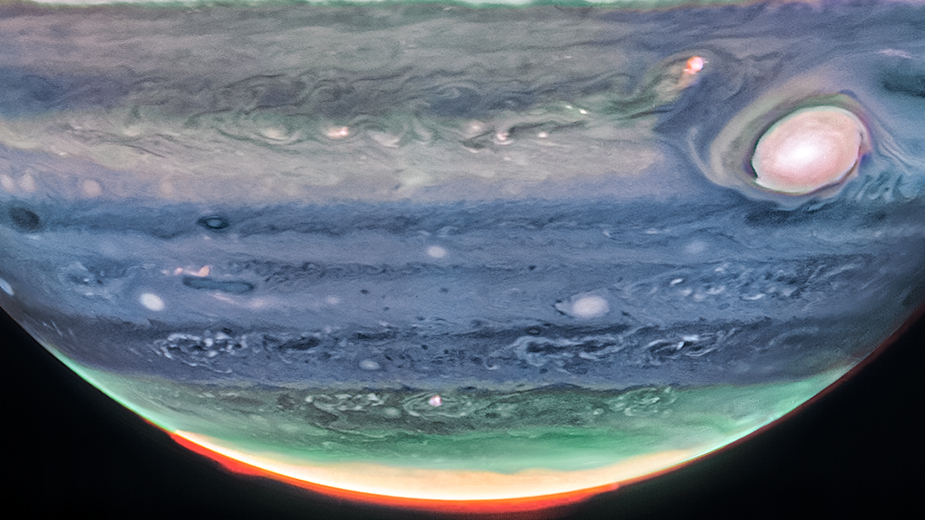
James Webb Space Telescope spots jet stream on Jupiter stronger than a Category 5 hurricane
By Monisha Ravisetti published
The JWST's perspective on our solar system has offered us the 1st evidence of a superfast Jovian jet stream.
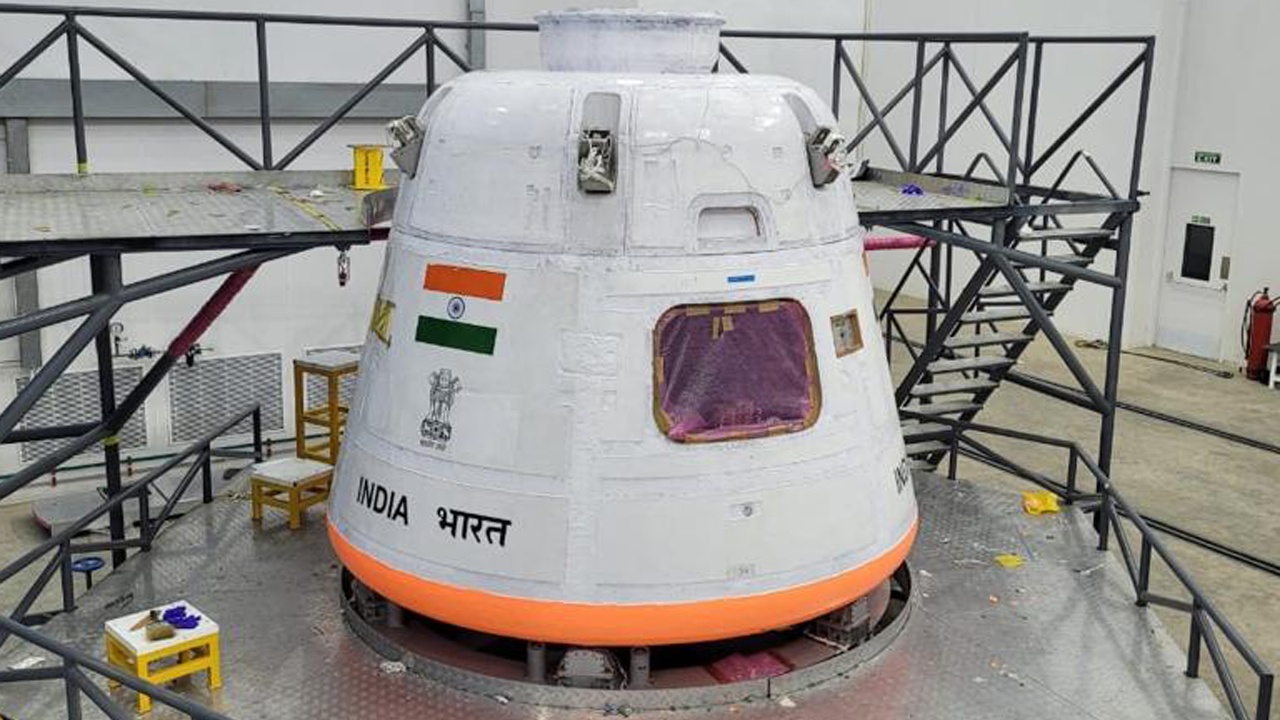
India to launch test flight on Oct. 21 for future Gaganyaan astronaut mission
By Monisha Ravisetti published
Gaganyaan translates to "celestial vehicle" and is a mission to bring Indian astronauts to space.
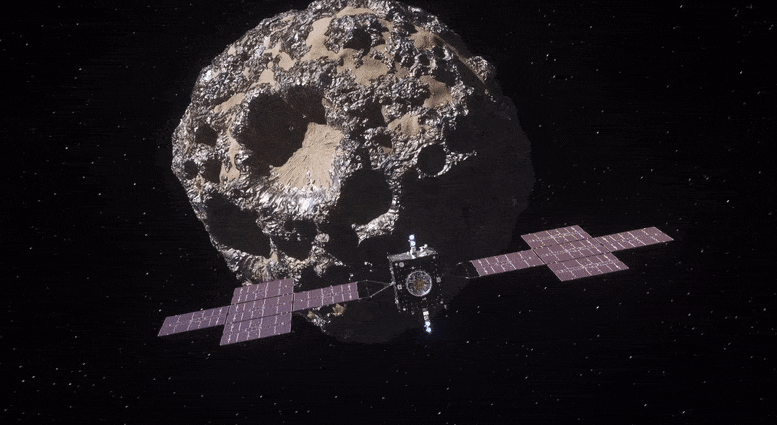
NASA's Psyche metal asteroid mission will have a big impact on astronomy. Here's how
By Monisha Ravisetti published
NASA's launching a spacecraft toward an intriguing metal asteroid on Oct. 12. Here's what we might find on 16 Psyche.
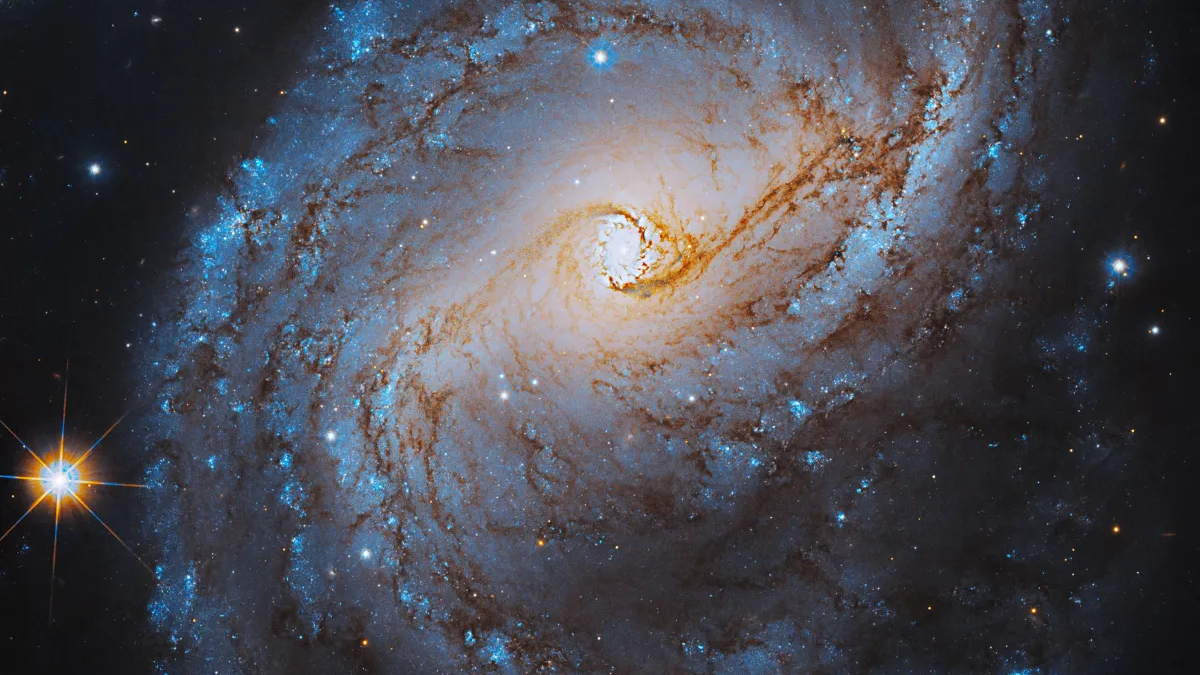
This Hubble Telescope view of a chalky spiral galaxy is a sight to behold (photo)
By Monisha Ravisetti published
The galaxy NGC 6951 was a star factory 800 million years ago, then it halted operations for 300 million years before cranking stellar bodies out once more.
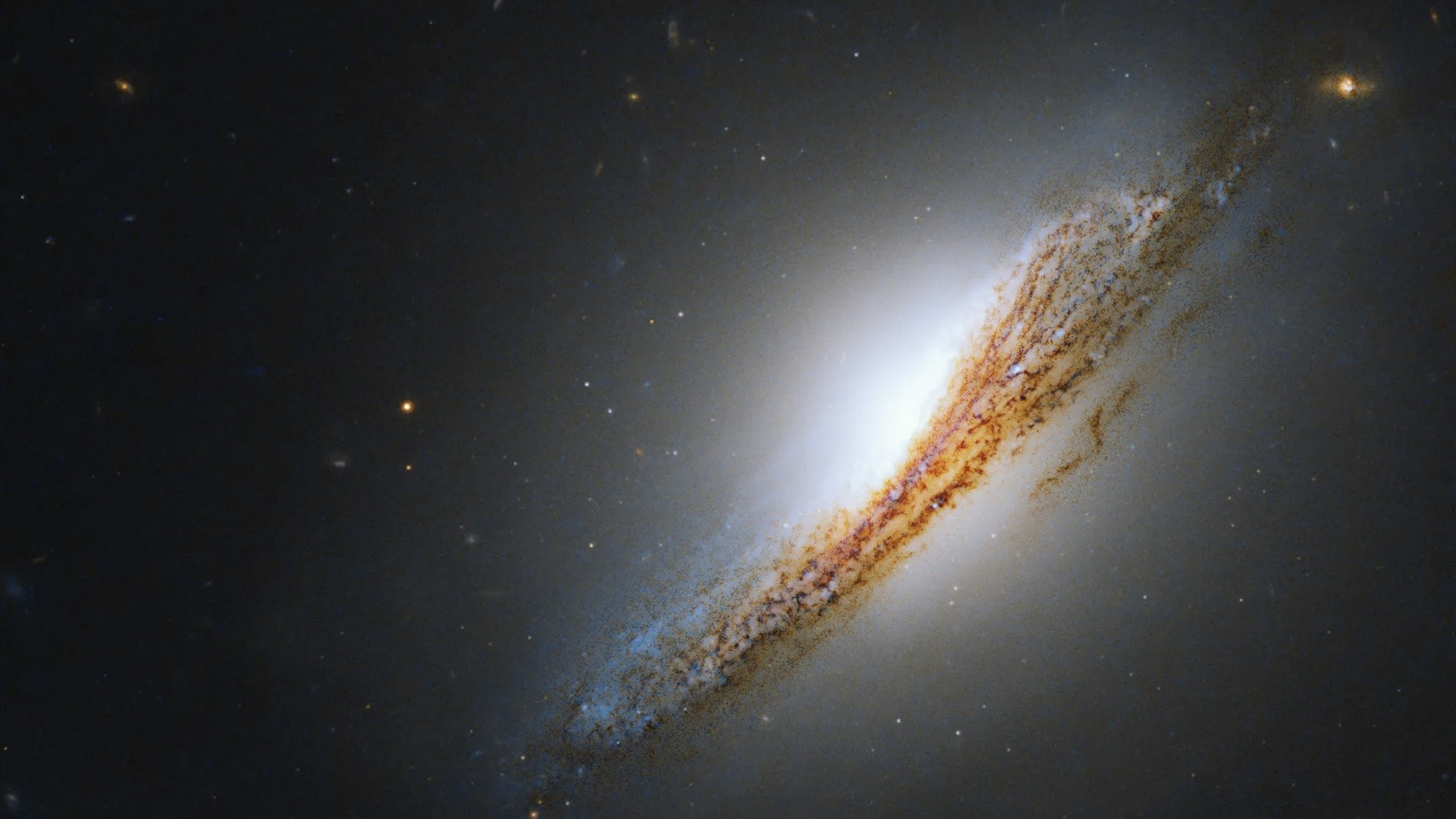
Hubble Telescope reveals a rare galaxy with a luminous heart (photo)
By Monisha Ravisetti published
A stunning new Hubble Telescope image showcases NGC 612's orange-hued star-forming disk.
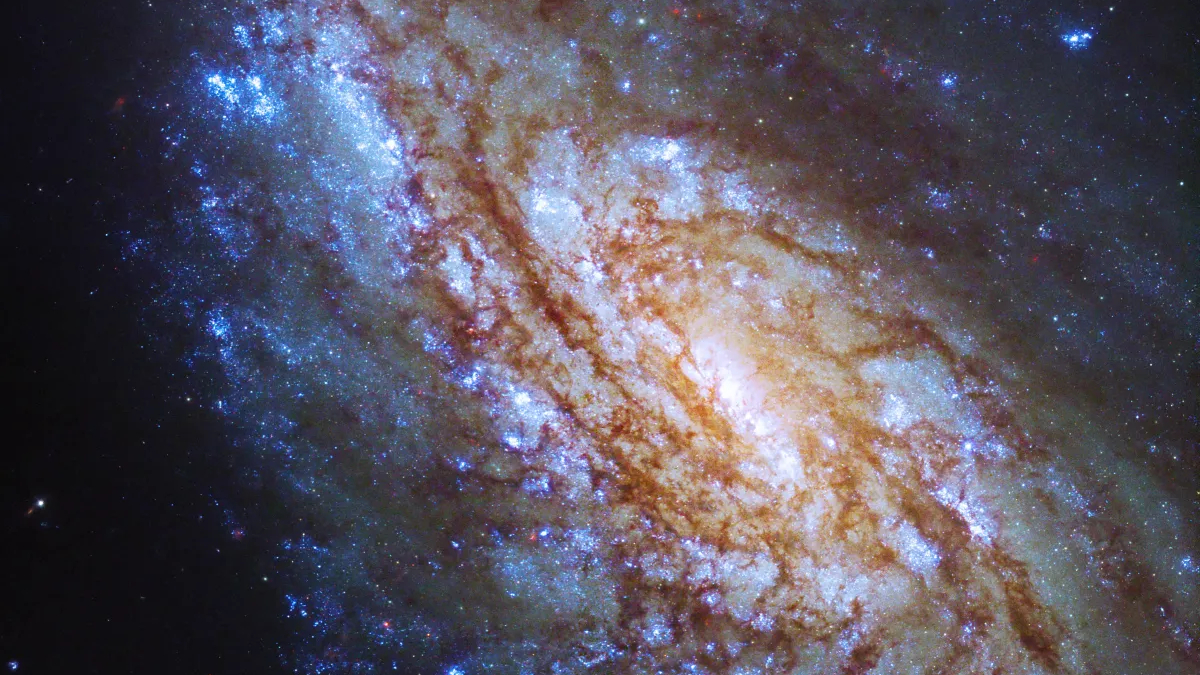
This Hubble Telescope galaxy image could help reveal how stars are born (photo)
By Monisha Ravisetti published
If we can understand how stars form, perhaps we can understand how planets do, too.
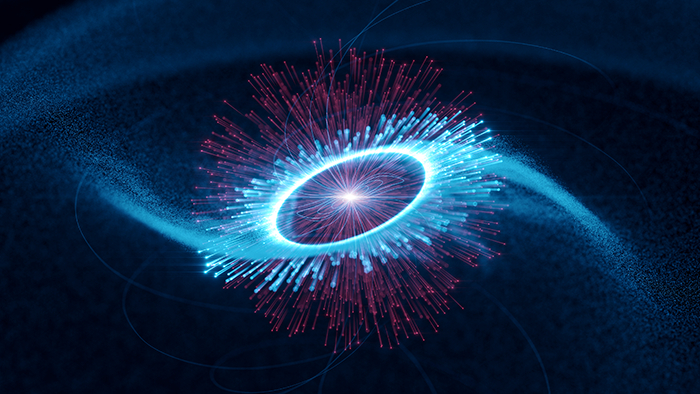
Pulsar surprises astronomers with record-breaking gamma-rays
By Monisha Ravisetti published
The well-known Vela Pulsar just smashed a record for the highest-energy radiation ever detected from one of these highly magnetized spinning neutron stars.
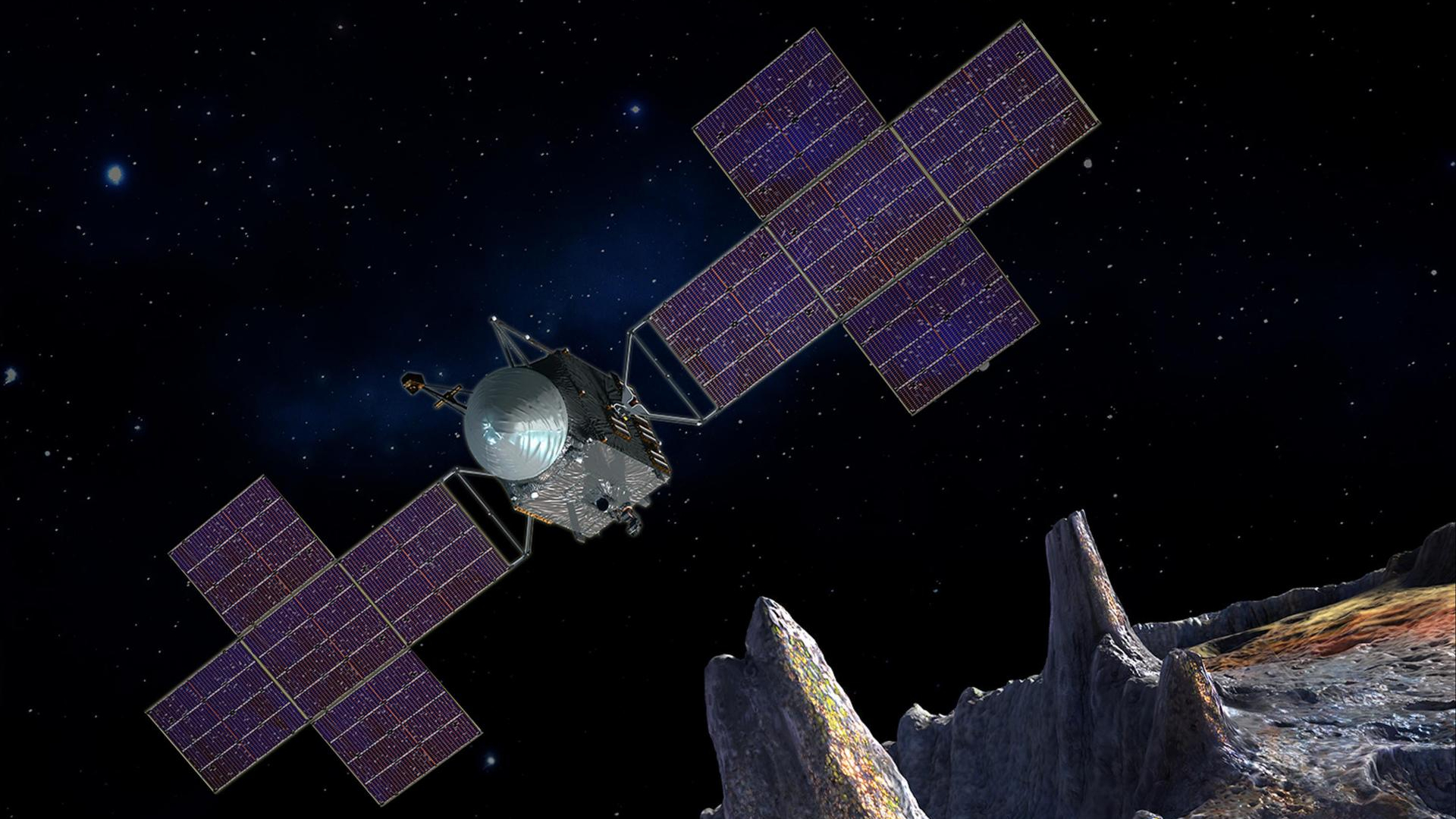
NASA's Psyche probe will launch to a metal asteroid on Oct. 12 — and scientists are sneaking a peek at the target
By Monisha Ravisetti published
The James Webb Space Telescope and the now-retired SOFIA telescope, impressive as they may be, have hit their limits when it comes to studying Psyche.
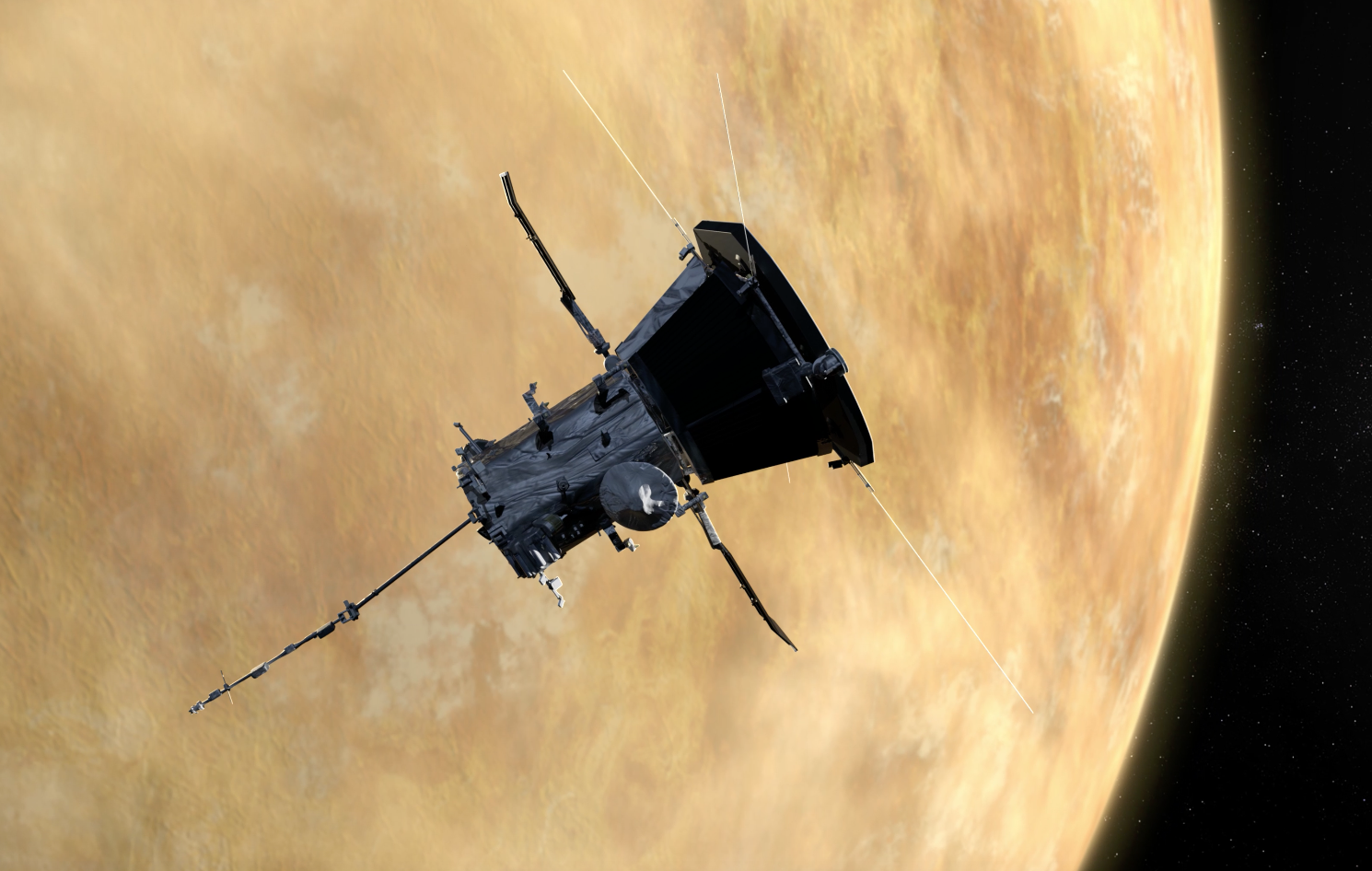
'Lightning' on Venus may not be lightning at all, Parker Solar Probe finds
By Monisha Ravisetti published
For years, experts haven't agreed on whether Venus' lightning is truly lightning. New data from NASA's sun-kissing spacecraft may have settled the debate.
Get the Space.com Newsletter
Breaking space news, the latest updates on rocket launches, skywatching events and more!
